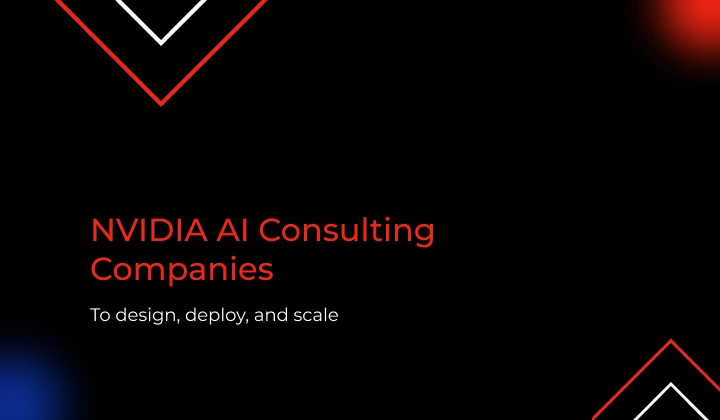NVIDIA has become the driving force behind today’s most advanced AI systems.
From generative models to real-time analytics, enterprises across industries are getting the most out of the NVIDIA ecosystem (GPUs, CUDA, TensorRT, NeMo, and NIM microservices) to power intelligent automation and scalable AI solutions.
As adoption accelerates, organizations are seeking specialized engineering partners who know how to design, implement, and optimize AI solutions on the NVIDIA stack.
This blog spotlights top NVIDIA AI development companies in 2025 that combine deep AI engineering expertise with proven delivery capabilities.




 15 mins
15 mins











 Talk to Our
Consultants
Talk to Our
Consultants Chat with
Our Experts
Chat with
Our Experts Write us
an Email
Write us
an Email







